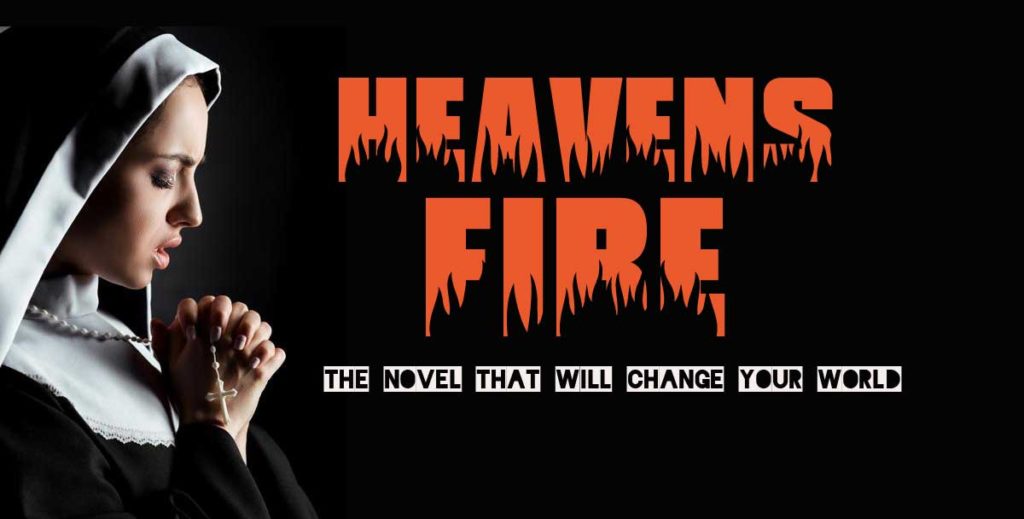
Hands up if you hated maths at school? I feel your pain. Unlike English, where you could be creative, or history, where you could use your imagination to bring past scenes to life, maths was absolute. You were either right or wrong. And I was wrong. A lot.
Fast forward some 25 years later and I’m sat in a room with a group of maths teachers – who set the curriculum in New South Wales, no less – as we discuss was on how to make maths more appealing to students and improve the overall outcome in results across the state.
It triggers a few memories and no small amount of self doubt. Is this journalist-turned-marketer really the right person for this job?
But several months working on the Maths Trains Brains campaign made me realise two things. Firstly, just how much I use maths on a daily basis. And second, how that fear of numbers, passed down from generation to generation is worsening our financial literacy in general.
Financial literacy starts at school
I saw that in the research we did for the NSW Department of Education and I see it every day in my current role at Compare Club, where my colleagues are helping Australians find value for money health insurance, home loans, and life insurance. These are big financial expenses, complex products, and can very easily drain hundreds of dollars from your bank balance unnecessarily. And yet, how many of us want to admit that we don’t really understand the products we’re buying?
The focus groups the NSW Department of Education ran with parents go some way to explaining what’s going on. Parents start out eager to help their children and teaching them numbers, and basic addition and subtraction. But then things get complex quickly.
The techniques taught today are different from how I remember being taught maths. They’re more focused on using maths for problem solving rather than right or wrong. One of the teachers ran me through a sample piece of classroom work set for eight and nine-year-olds. The kids loved it. I was utterly baffled, and I spend half my life buried in spreadsheets.
Parents we spoke to had a similar reaction. Those, like me, who struggled with maths at school, quickly realised that maths homework was beyond them, leaving their children to sink or swim. This was amplified if the child came from a more disadvantaged background. Other colleagues had worked on a similar project for children’s charity The Smith Family, and for parents on the bottom rungs, just the word maths or finance could cause anxiety.
Surprisingly, it was no better if the child’s parents were good at maths. Parents, from older millennials upwards, were taught in much more binary ways of right and wrong. How they learned maths was very different from how children were taught maths and that can lead to conflict at homework time and can drive mathematically inclined kids away from the subject.
The real cracks start occurring in high school – the exact time when teenagers are starting to take steps into becoming financially independent and need financial literacy.
The stress starts to show from teen years
It’s at this point that maths gets hard and uncool. It’s too hard for many parents to help, while those children who don’t aspire to certain careers don’t see the need for maths, even though working in construction or running your own plumbing business probably uses maths skills a lot more than other jobs. As does personal training, cooking, interior design, and all manner of jobs that don’t sit in the world of science or finance.
Financial literacy in Australia falls under a sub-strand of maths. It’s not enough, especially if both teenager and parent are disengaged with the subject by this stage. The Barefoot Investor, Scott Pape, has been campaigning for better financial literacy to be added to the curriculum. The NSW government are piloting his suggestions, but other states haven’t committed.
This matters. The Bank of International Settlements data shows total credit for Australian households amounts to around 120% of the country’s GDP[1]. Inflation in this country is estimated to peak at 7.75% in December, squeezing the cost of living. The Reserve Bank’s target cash rate has leapt from 0.1% at the start of this year to 1.85% today – and rising.
These figures sound abstract but they’re not. Mortgage stress – where households spend more than 30% of their take-home income servicing their home loan – is on the rise[2].
Homeowners who purchased or refinanced when interest rates were at a record low in 2020 will be rolling off two-year fixed mortgages of 1.99% or lower to rates that start in the mid threes, if they’re lucky, or in the fours or fives if they’re not.
All this time, new lines of credit appear. Australians spent $11.9bn through Buy Now Pay Later lay-by products last financial year, and advance pay apps are also on the rise.
How lack of literacy is costing us
This lack of literacy is most prevalent in expensive, complex products, especially in the insurance space. Only a third of Australians[3] were “very confident” they had a good policy after buying life insurance directly.
Meanwhile, my health insurance colleagues at Compare Club regularly speak to people who hold Gold hospital cover under the assumption gold equals the very best cover. The reality is, yes, it covers everything but that includes items like pregnancy and IVF, or weight loss surgery, that many Australians – especially those over 50 – don’t need.
When we crunched the numbers recently about the average savings across all of the products we compare, it came out to around $7,500. Everybody’s number will be a little different, but at a time when the cost of living is rising, people shouldn’t have to make a choice about whether to keep their health insurance or turn off the heating.
An imperfect solution to a growing problem
In an ideal world, a business like ours shouldn’t have to exist. People would be confident in their financial choices to know when to take on debt and how to pay it off, or to walk into their bank armed with the knowledge on whether or not they’re getting offered a good interest rate on their home loan.
But that also requires changing the conversation. A lot of personal finance commentary either focuses on quick hacks to save money at the shopping centre – useful but a short-term measure that doesn’t fix the underlying issue – or is written by people who understand personal finance writing for other people who understand personal finance. It’s no surprise that #FinTok – financial advice on TikTok – has grown in popularity.
Unregulated financial influencers may have received a warning from ASIC, but it’s easy to understand why there are so many of them: they’ve had to figure out financial literacy for themselves and are sharing their version, whether it’s correct or not, to help others.
Raising financial literacy standards in Australia has no easy fix. It means bringing financial literacy into the classroom at an early age, while also helping to raise the confidence and skills of parents – and their parents before them – to navigate tax, super, insurance, loans, and lines of credit. It’s a change that’s only likely to improve generation by generation.
Until that time, somewhat absurdly, commercial organisations like ours are filling that gap by using our expertise to help households across Australia make better financial decisions. There has to be a better way, right?
By Gary Andrews
Gary Andrews is editor-in-chief for Compare Club’s Expert Analysis and brand lead for the company. Prior to joining, he worked at creative agency The Works as Content Director, which is where he oversaw the NSW Department of Education account.
[1] Bank of International Settlements, Total Credit To Households
[2] Broker News, Revealed: places where Aussies face the most mortgage stress
[3] ASIC, Consumers experience with the sale of direct life insurance



